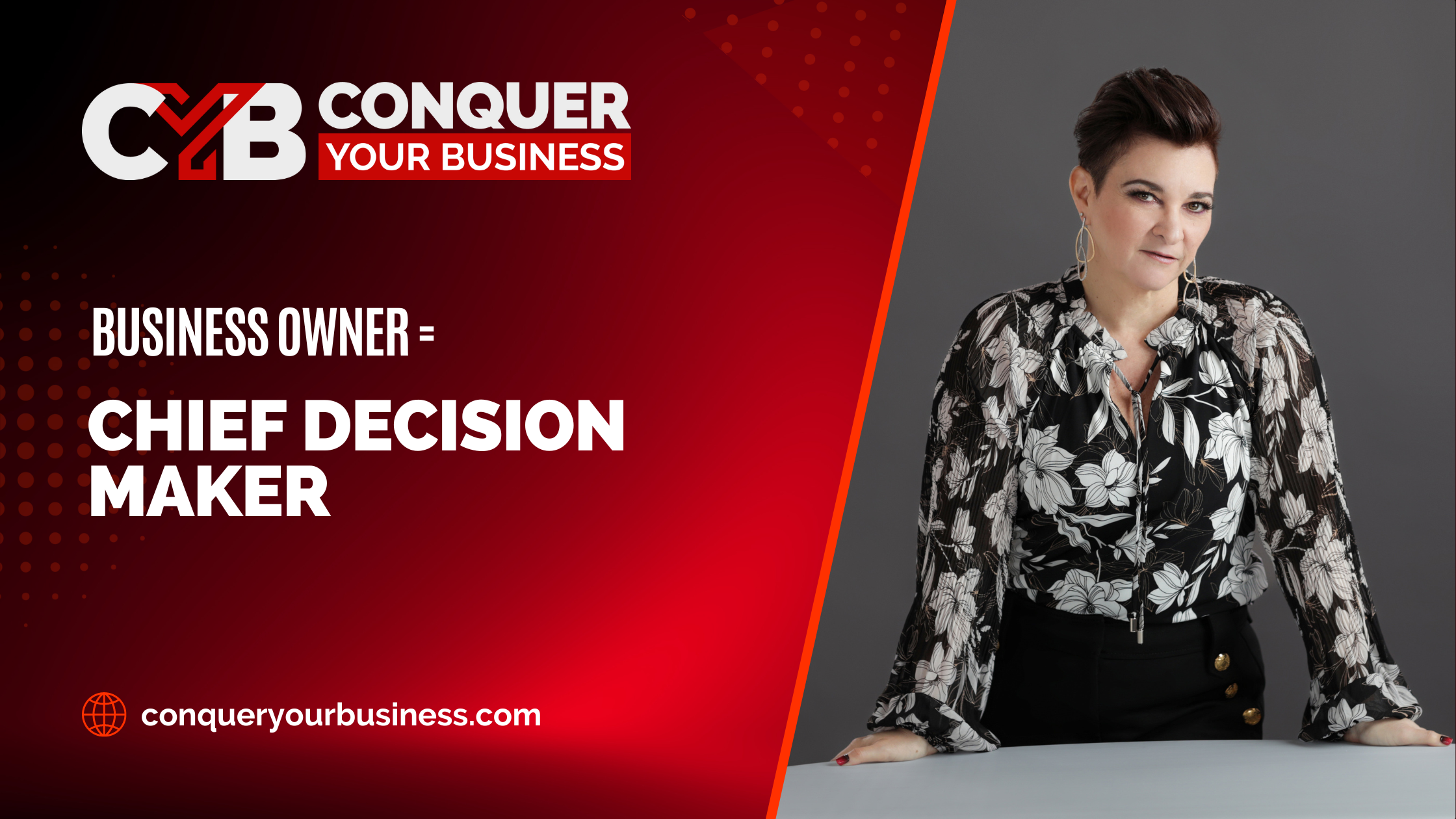As a business coach, I talk to a lot of people. Whether it is at a networking event, when I am speaking to a group, or when working with new clients, I meet a lot of fellow business owners. The first thing I ask is what it is that they want to achieve. It should be a simple question, right?
What do you want?
Almost immediately, most of them tell me what they don’t want. In their minds they are answering my question.
They don’t want to go back into the corporate world.
They don’t want to have to answer to a boss ever again.
They don’t want to get stuck beneath the glass ceiling.
They don’t want to get paid to work toward someone else’s dream.
And yes, those things are all important to them. Those things are probably some of the reasons they left their previous job and took a leap of faith into the world of entrepreneurship. But that’s only part of their story.
What I want to know is what sets their soul on fire. I want to know where they see themselves when they shake off the fear of actually achieving it. I want to know what they would strive to do if they knew they could not fail. I want to know what they see in their mind but are too afraid to share with the rest of the world. I want to know what they want because I can tell that they are not achieving their dreams. I can tell that they feel stuck and frustrated and maybe even on the verge of giving up. I can tell that they have lost their vision.
I want to know that their goal is to make six figures with a happy work-life balance, and take the summers off to spend with their children.
I want to know that their goal is to write a book that makes the New York Times Bestseller list.
I want to know that their goal is to become a leading expert in their field and become a sought-after speaker and consultant, with a price tag for their services that reflects their achievement.
I want to know that their goal is to donate $1 million to wildlife rescue.
Ok, that last one is my own goal. That goal is what drives every single thing that I do in my business. What I want is to donate 1 million dollars to wildlife rescue in addition to supporting my own lifestyle. There are a lot of things I do not want. But those do not motivate me. What motivates me is this goal to help the animals that mean so much to me, and to do it in a huge and meaningful way.
As part of my goal to help wildlife, I am currently volunteering at a local wildlife center. You may have heard me speak about experiences in wildlife rescue or read some of my blogs about the animals there. But before I became a wildlife volunteer, I volunteered with dog rescue organizations for the past 15-20 years. And one of the things that I learned along the way is that dogs do not respond to negative commands. You cannot teach a dog what not to do. You have to teach a dog what you want them to do.
Training Dogs and Asking for What You Want
Here is a great, but somewhat gross, example of dog training. A friend of mine has 2 dogs. Her female dog developed a habit of eating the other dog’s excrement. This happened when she was about 6 months old, and my friend believes that it is some sort of maternal instinct kicking in, in which mother dogs clean up after their young. For the last 7 years my friend has tried everything she could think of to get her dog to follow to the “leave it” command and not eat her other dog’s poop. And for 7 years her female dog has ignored her. It has been a long, gross, frustrating battle of wills, with my friend focused on how she just wants her female to stop eating the other dog’s poop.
This summer, however, she tried another tactic. She told her female dog to sit and wait while the other dog did his business. The female dog looked startled at this command, and she sat and waited while my friend cleaned up and has been doing this successfully ever since. It turns out that “leave it” was too much of a negative behavior, it was like telling the dog to stop eating the poop, and so the dog just tuned it out. Sit and wait was a whole other behavior. Once my friend started to think in terms of “I just want my dog to sit and wait while I clean up” everything changed.
The Reticular Activating System
The Law of Attraction and the Reticular Activating System
If you have heard of the Law of Attraction, it works because you actually have the ability to let your RAS know what is important to you. You may have seen quotes floating related to the Law of Attraction that say things like, “what you think, you become,” or “thoughts become things” and wondered if they were a bunch of woo-woo nonsense or if there was some truth to them. Well, there is actual science behind them, because the cool thing about the RAS is that when you think about what you want, you are putting your RAS on notice that those are the things you are looking for.
After you tell your RAS what you are looking for, it’s almost like those ads that the Facebook algorithm “magically” puts in front of you. When you tell the RAS what you want, it is as if opportunities appear out of thin air, like magic. But it’s not magic; they were there all along. The problem was that your brain did not tell you about them because you were too busy thinking about what you did not want. Now that your brain knows what is important to you, you will start manifesting that vision and the pathway to your goals will open up right in front of you.
Keeping Your Vision Front and Center
One of the best ways to focus on what you do want is to write down your vision of what you want to achieve. One popular method is to create a vision board with photos and quotes that depict your vision, so that it remains front and center in your mind. Another method is to keep a journal and write down in great detail exactly what your vision looks like. When you do this, it is important to write your vision down in the present tense, as if it has already happened. So instead of writing, “I want to donate $1 million to wildlife rescue,” I would write, “I am donating $1 million to wildlife rescue.”
My own personal process is that any time I am planning my day, tending to my calendar, or making a to-do list, I review my vision. I have mine listed out in bullets, and I picture things in my head. This way I make sure that everything I do is in pursuit of my vision. As a result, whether I am thinking about the overall big picture or the individual to-do items to achieve my goals, I am thinking about what it is that I do want. I am thinking of that goal of donating $1 million to wildlife rescue.
By focusing on what it is that you do want instead of what you do not want, you can also take charge and turn what you think you cannot do into what you know you can do. Success is something that we can manifest within ourselves. We are in control of the process and the outcome. We are in control of whether we take the hard journey on the struggle bus or take a route that is actually enjoyable.
So now, let me ask this question again: what is it that you want out of your business and your life?




